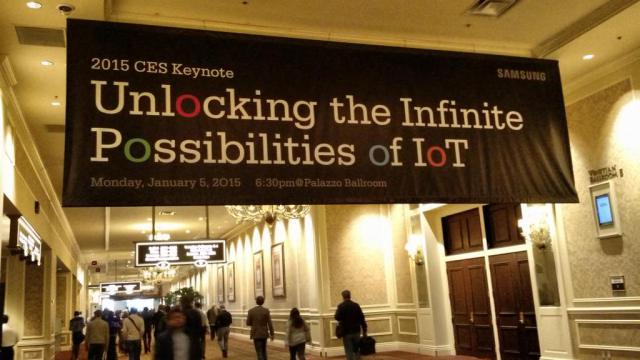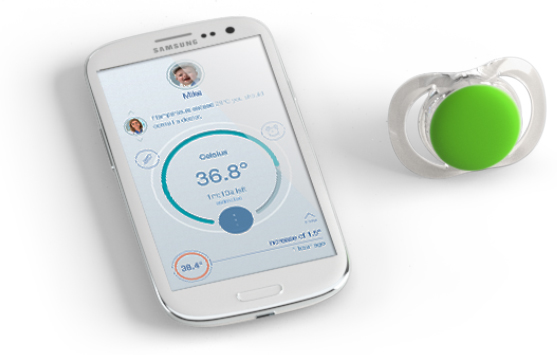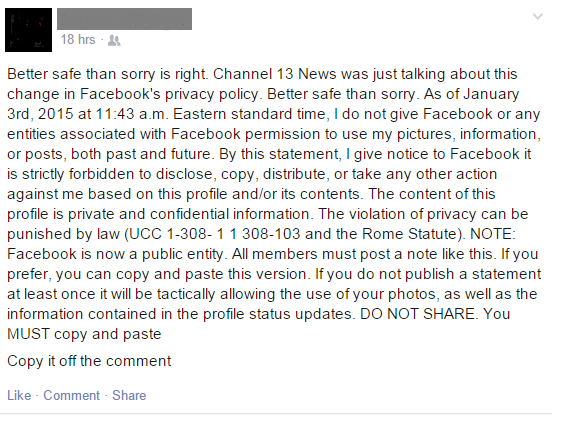As a long-time attendee of CES, I tend to look forward to it with both excitement and trepidation. As it gets bigger each year, it steadily becomes busier and more difficult to physically get around and take it all in.
This year, I walked away from the show thinking we finally have reached a point where smart digital tech doesn’t just sit within a specific market or category any more. Instead, it’s finally become ubiquitous and is now being embedded throughout our everyday lives. It was evident at the show that we are truly in the “smart” and “Internet of Things” era.

Image courtesy of GigaOm
Shawn DuBravac, chief economist for the Consumer Electronics Association (CEA), identified this phenomenon as the ‘digitization of physical space”, “permeation of logic” and the “Internet of Me”.
Regardless of what you call it, CES 2015 showed me that innovation in connected technology is now everywhere – from baby pacifiers to dog bowls, home appliances to, of course, the self-driving car.
As always, we must remember that as fascinating as they are, many of the products at CES are in the prototype phase –and many will never reach the wider market. But nonetheless, it’s always interesting to observe and try to gauge what we may have in store a few years down the line.
This year I was fortunate enough to also be exhibiting at CES as part of the Lifelong Tech and Family Tech Summits. AVG exhibited many of our family-focused products (including our Location Labs, Privacy Fix, and Zen products) in the Sands Expo Hall.
We were surrounded by all things smart and wearable for health, fitness, education and families. It was a fascinating and highly trafficked place to be where the digitization of everything and the Internet of Things was on display in full force.
Where it will all go from here in the year ahead, will be, not doubt, rooted in practicality. For example, let’s take that baby pacifier I mentioned.

The Pacif-i, a “smart” baby pacifier designed by U.K.-based Blue Maestro was a big hit. This product connects to parents’ smartphones via Bluetooth, and alters them to situations such as as when their baby is running a fever. In this instance, smart devices are creating very useful and valuable information to help parents.
Then at the other end of the spectrum were many fun, novelty and me-too items (names I’ll withhold) whose value will need to be proven…
It’s an exciting new world that we’re embarking upon. But it also reminds us that our privacy and security is increasingly paramount. That’s why we at AVG are continually looking at the trends and what we can do to help you guard and defend your data, devices and “digital” selves.

